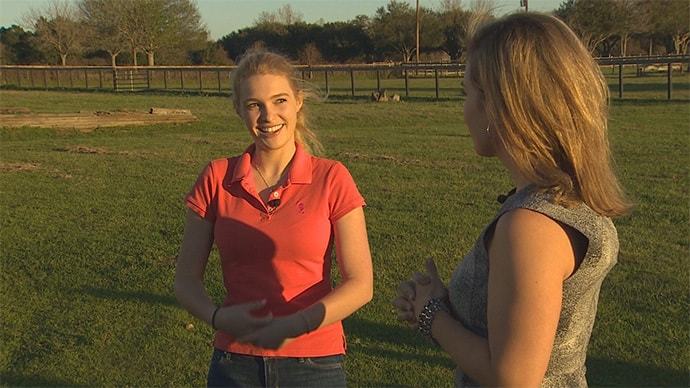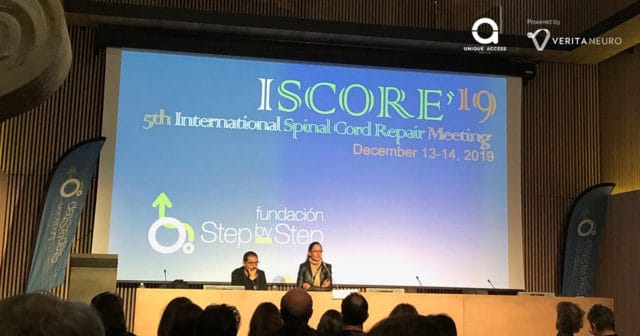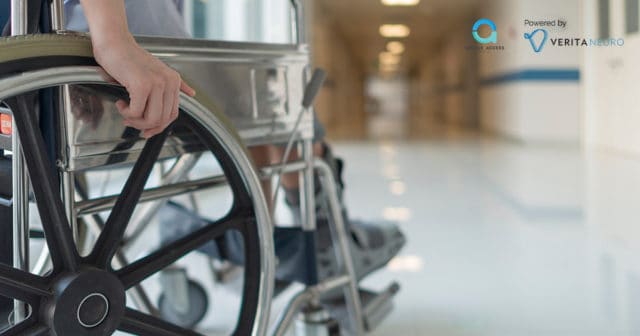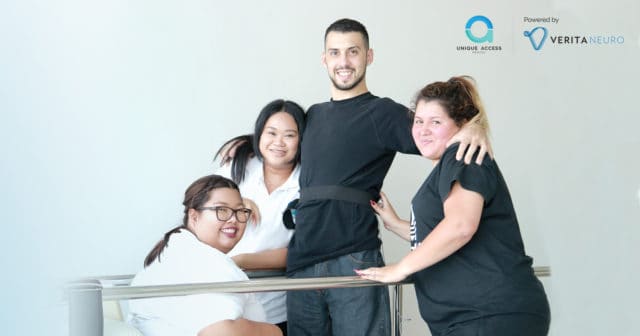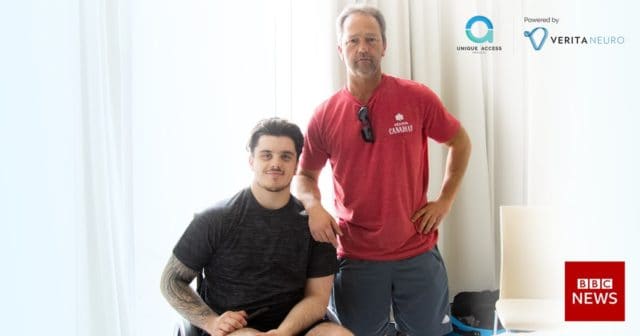Figures from The Centers for Disease Control and Prevention (CDC) show that about half of all adults in the US (117 million people) suffer from one or more chronic health conditions. The cost of caring for chronically ill patients which includes drugs, procedures and hospitalisation is a major financial drain to anyone no matter whether they are in the world. The US is no different and the problem is compounded by the fact that most of those with chronic diseases and conditions may not have access to effective treatments.
Systemic Juvenile Idiopathic Arthritis
The story of Sarah Hughes is particularly heart-breaking as she lost a sizeable part of her childhood in hospitals, at one point taking 23 maintenance medications daily, including high-dose chemotherapy. Her mother Fiona Cunningham chronicles the arduous journey to get her daughter treated. Suffering from Systemic Juvenile Idiopathic Arthritis (SJIA), the cost of keeping Sarah alive ran into millions of dollars every year. Eight medical specialists in Houston, Texas and the National Institutes of Health (NIH) in Maryland handled Sarah’s case.
The copious medications that she took kept her alive although the quality of her life was seriously compromised. Feeding was a huge challenge since Sarah’s body could not absorb nutrients. She therefore received long-term Total Parenteral Nutrition (TPN) and lipids intravenously for many years. But long-term intravenous nutrition can have life-threatening side effects so she was eventually switched to tube-feeding directly into her stomach. This procedure alone cost $ 1,200 per day to maintain, which translates to half a million dollars per year. By mid-January every year her health insurance deductible would already have been met.
Discovering Adult Stem Cell Therapy
The tide turned in 2014 and the lives of mother and daughter changed dramatically for the better when they discovered Adult Stem Cell technology. Although the Food and Drug Administration (FDA) licenses clinics which may conduct stem cell research, it has not approved adult stem cell therapy. So while researchers were able to grow Sarah’s stem cells in their Houston laboratory (and to cryogenically bank them for future use) treatment in the United States was out of the question. Eventually Fiona made the only practicable decision open to her at the time which was to fly her daughter to Cancun, where, through a simple IV, Sarah’s adult stem cells were infused into her bloodstream. The results were nothing short of dramatic. From immobility in hospital beds Sarah is now show-jumping her horse, attending college and is looking forward to her wedding in May.
The high cost of treatments in the US, and in many other countries, is made worse by the inflexibility displayed by the custodians of the health system. The steadfast refusal to embrace new medical techniques puts many lives at risk, at the same time imposing a crippling financial burden on families.
Families then, those who can afford it, are left with one option: medical tourism. In the past medical tourism referred exclusively to people who travelled from poorer countries to the developed world in order to access medical facilities unavailable at home. The term has expanded somewhat to include anybody wishing to access medical care that may be too expensive in their home country but is within reach economically in a foreign land. India and Mexico have been major beneficiaries of this phenomenon and of late countries like Thailand, with their cutting edge scientific treatments, have stepped to the fore. Medical Tourism also includes cases like that of Sarah where although the personnel, the know-how and the technology exist to tackle certain conditions, the licensing authorities in their home country are nevertheless slow to act in embracing scientific advances.
Source: www.msn.com

